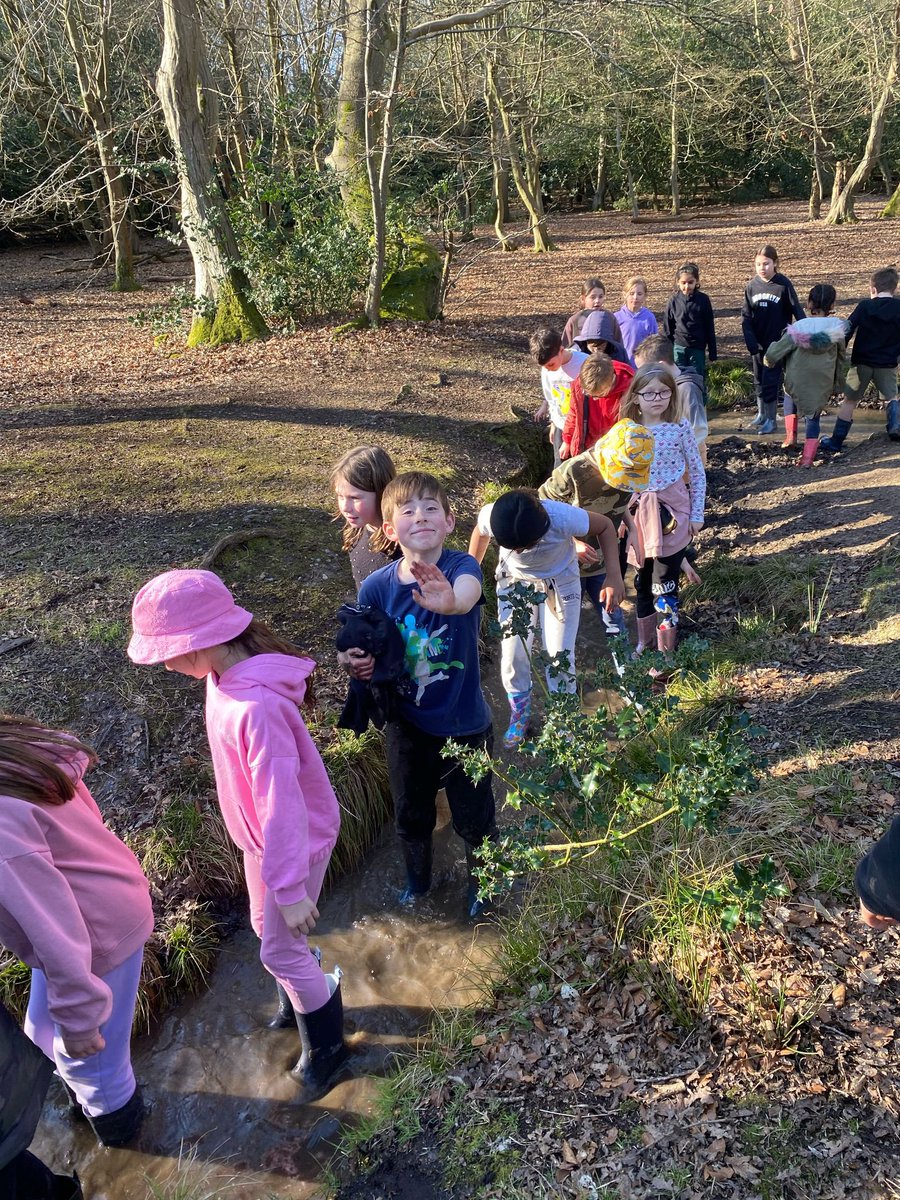News
Science Week
Posted on 11/03/2022Science week 2022
The theme of Science week 2022 is ‘Growth’.
A fitting title based on the recent turbulent times. Growth holds many cross curricular links not least between science, technology, engineering and maths but across all aspects of education and child development. Whatever your passion and interests are, growth forms a part of that, whether you are growing plants in a window box or discussing the impacts of economic growth on our society, you may even consider your own personal growth over the last 12 months. ‘Growth’ offers a vast array of outlets and areas for consideration.
We hope that over the next week we can all get together and consider growth from a variety of stand points. In school we will be considering growth in a whole host of ways depending upon your year group. Early years are growing bubbles. Primary will consider growth from the perspective of building new things. Years 7 and 8 will be looking into the growth of aviation. Years 9 and 10 are researching growing plants on different planets and growth in space. Year 11 and sixth form are looking at the growth of veganism.
Outside of school we encourage you to try some growth at home. Tweet your progress and growths by tagging SRA Science (@SRA_Science) to share with us.
An idea for at home: Plant growth and nutrients
A plant’s growth rate is affected by different factors like light, temperature, moisture and soil nutrients. In this activity, you will investigate how the nutrients in compost affect the rate of the growth of seedlings.
What you will need: Seeds (radish or lettuce because they grow quickly), seed tray, soil, compost, and an optional lid.
Instructions
1 Prepare your seed trays with different combinations of compost and soil.
2 Plant your seeds in the seed trays, following packet instructions. Water them and place them in a well-lit location.
3 You can help the seedlings to grow by using a propagator lid to maintain humidity. Alternatively, you could use makeshift propagators such as a simple polythene bag inflated around the seed tray, or a plastic bottle cut in half to provide a close-fitting lid.
4 Ensure that the soil/compost in the trays remains moist – trays without covers will need regular watering.
5 Remember that you want your tests to be fair so make sure all your seeds are in the same conditions of light, temperature, moisture and so on.
6 Keep a daily record of the number of seeds that have germinated, plant growth, and observations about plant health such as colour and height. Decide what measurements to use as indicators of plant growth, such as plant height or the number and sizes of leaves.
7 You will need to make your measurements daily for about three to four weeks.
8 Choose at least two of your indicators of plant growth to plot as graphs to show how the different combinations of compost and soil affect plant growth.
Finally, interpret your results with the following questions in mind. Did the results agree with what you expected? Was there a pattern to your results? Were your results consistent enough for you to be able to make a conclusion? Which of the different ways of measuring plant growth do you think was the most suitable? Why?
Or for a long-term growth why not try growing a sunflower over the summer and let’s see who can grow the tallest plant. For more information check out https://www.gardenersworld.com/how-to/grow-plants/how-to-grow-sunflowers/
We hope you enjoy Science week and that we can GROW together.






















